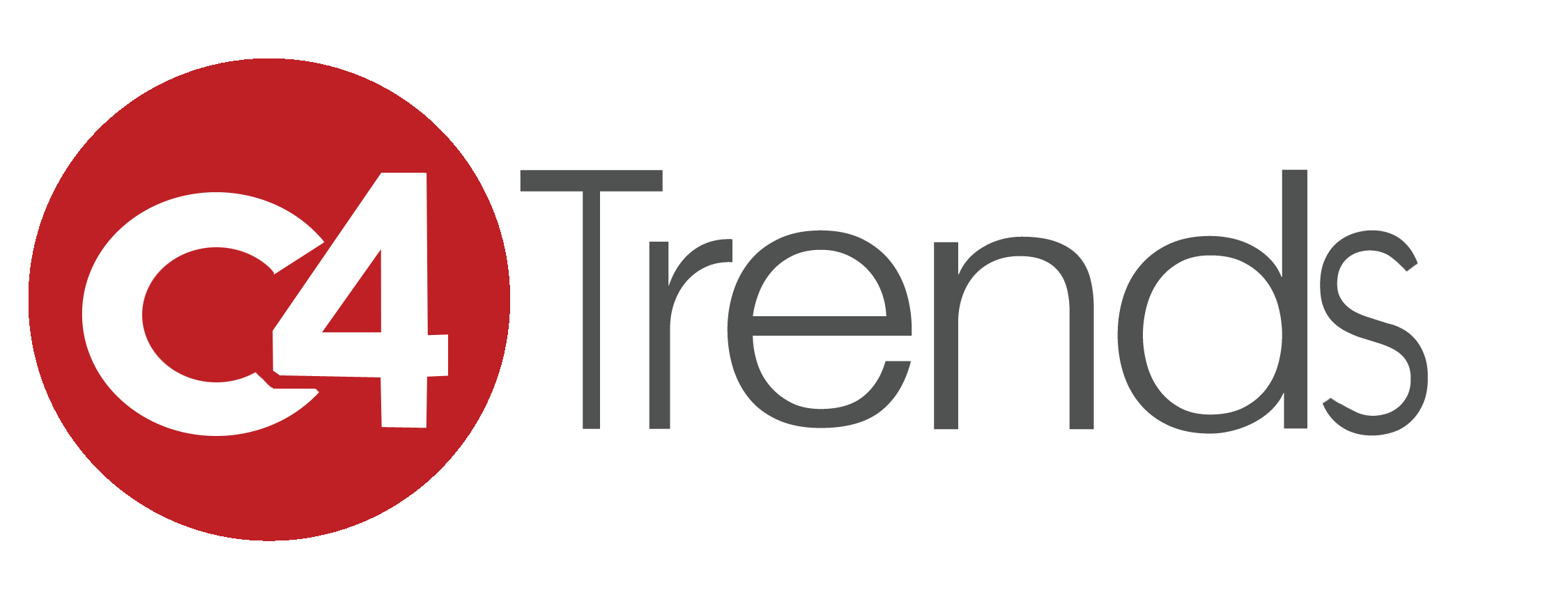 Most consumer electronics vendors dream for their products to be sold by Best Buy, Wal-Mart or Costco to achieve ubiquity in the mass market. The CE market is based heavily on the U.S. being a consumption nation.What will be the long-term impact for vendors and channels related to changing financial realities and its impact on con- sumer lifestyles and purchasing behaviors, particularly in the U.S.?
Most consumer electronics vendors dream for their products to be sold by Best Buy, Wal-Mart or Costco to achieve ubiquity in the mass market. The CE market is based heavily on the U.S. being a consumption nation.What will be the long-term impact for vendors and channels related to changing financial realities and its impact on con- sumer lifestyles and purchasing behaviors, particularly in the U.S.?
We’ve always seen market segmentation, but actually identifying the niches becomes more pertinent in challenging economic times.
Retail is at a crossroads. Niche marketing is on its way to becoming the new norm for a new decade. The era of one size, one product and one approach fitting all is virtually dead (with few exceptions). Knowing your customer and possibilities for acquisition is key for retailers in these highly volatile and competitive times. This may require vendors to work more closely with retailers to offer product, promotion packaging and strategies designed to speak to narrower segments of a marketplace.
The way a company reaches out to the roughly 80 million boomers or the 50 mil- lion plus Gen Xers who were born 1965 to 1980—is likely to be different than their outreach to the 75 million Gen Y millenials, who were born 1981 to 2000. Similarly, other subsets might be male/female, single/family, urban/suburban or geographic location.
We’ve always seen market segmentation, but actually identifying the niches becomes more pertinent in challenging economic times. Three prime examples of niche marketing were evident at the 2010 International CES, and merit closer attention because of their potential.
Planet Earth
Environmental consciousness and green issues are hot, particularly among certain demographics, and many bet that it will grow.
While green was a major theme through- out CES with CEA taking the lead with its vendors and carbon footprint initiatives, an area on the show floor called Sustainable Planet showcased how green was influencing CE. C. Crane showed its LED Geo- Bulb-3, which uses seven watts of power, or about half of the energy used by a compact fluorescent, is rated to last 50,000 hours and does not contain mercury or hazardous materials. Now imagine the cost savings to your energy bill as well as to your community since the problem of disposal is eliminated.
Miniwiz’s HYmini Biscuit is a portable power plant, equipped with both a solar panel and a wind turbine. This green universal charger/adapter can recharge (once) most five-volt devices like an iPhone or BlackBerry. Solio showed its universal device charger that is solar powered. A device from YoGen allows you to “pull” your way to power, using a kinetic generator. It repowers your mobile device with a couple of tugs. Samsung also presented a series of mobile devices with solar technology built into them.
Health & Seniors
Another opportunity is digital health with the growing demographic who want to maintain a high quality of life and live independently as they age. At CES, the Silvers Summit and Digital Health Summit areas showed phones like Jitterbug with big buttons, amplified voice capabilities and one-button connectivity to live healthcare workers. GlowCaps demonstrated wireless- enabled pill boxes that glow when it’s time for medication. Zeo showed alarm clocks that interact with wireless- enabled head bands that track EEG’s and analyze sleep activity.
Does your store serve an aging population or a “sandwich” generation—that group torn between aging parents and their kids? Are there lots of senior or assisted living complexes near your store?
It’s the Customer
Virtually any product that is on sale can be defined by its niche market based on core demographics. Often, a focus on different products appealing to a narrow demo- graphic will yield increased margins for the retailer or channel. Looks like 2010 kicks off the decade of niche marketing.
Contact the author at: susan@c4trends.com
